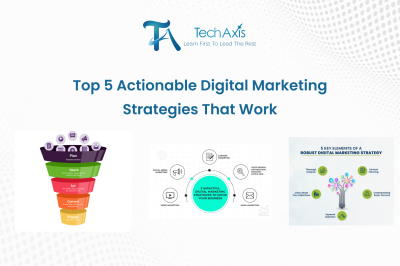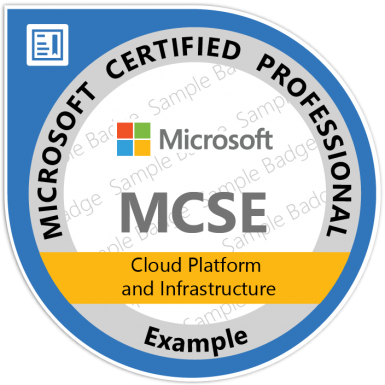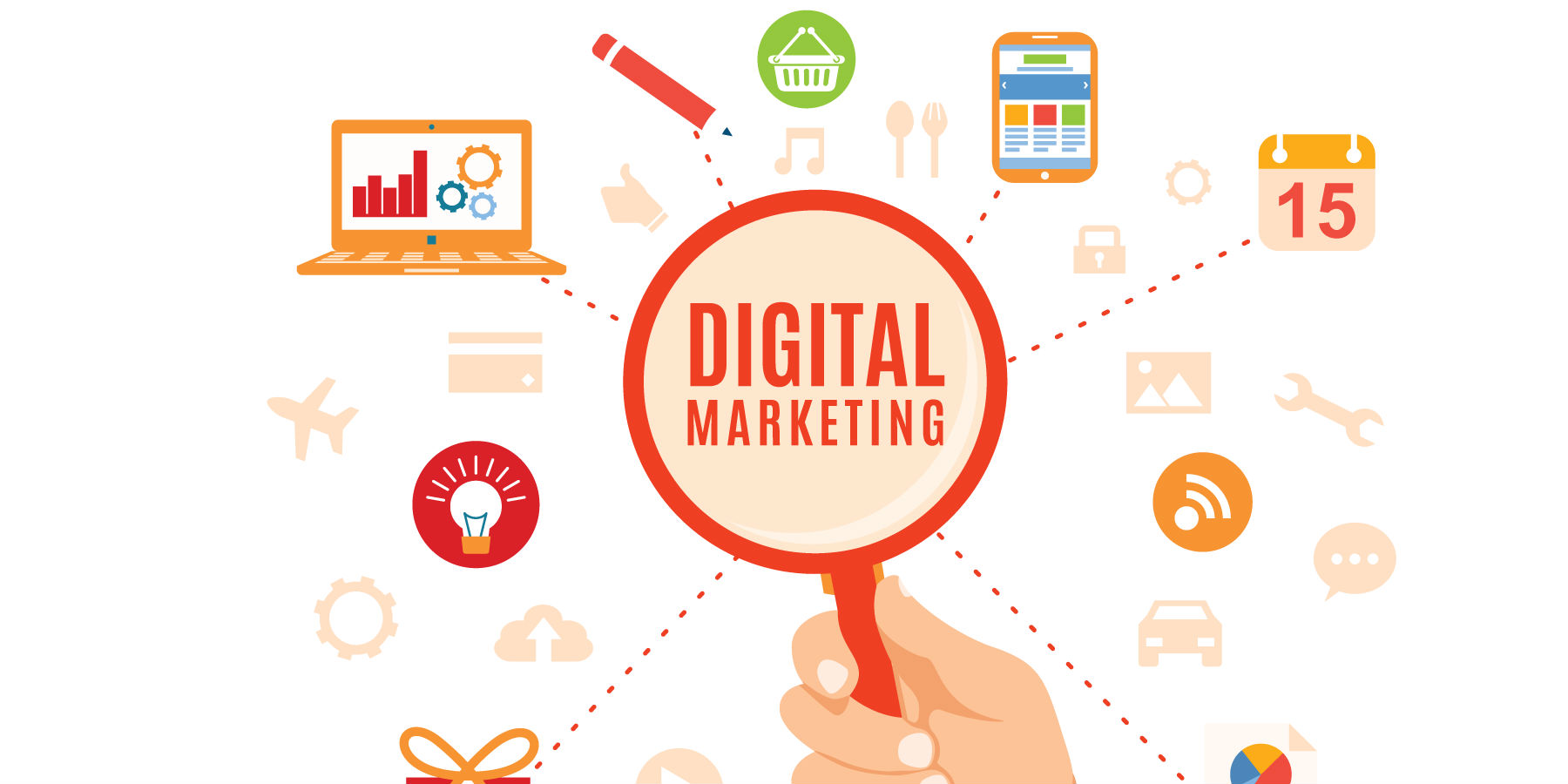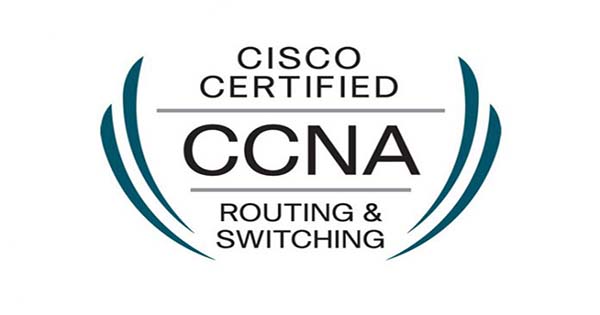
Digital Marketing Best Practices: Actionable Strategies for Sustainable Growth
In today's hyper-connected world, digital marketing has evolved into an essential component of every business strategy. Whether you're running a small eCommerce store or managing marketing for a multinational corporation, understanding and applying digital marketing best practices can significantly enhance your brand's visibility, engagement, and revenue.
This article delves into the top 5 proven best digital marketing practices that will help marketers stay competitive and aligned with the latest industry trends. We’ll explore not just what to do, but how to do it effectively, ensuring your efforts yield measurable, meaningful results.
Why Digital Marketing Best Practices Matter
Before we dive into the strategies, it’s important to understand why best practices are critical in the digital marketing space:
- Consumer behavior is evolving: Buyers now expect personalized, seamless digital experiences.
- Algorithms are constantly changing: Search engines and social media platforms update regularly, and keeping up is non-negotiable.
- Competition is fierce: Brands across all industries are fighting for online visibility.
- Data privacy regulations (like GDPR and CCPA) are shaping the way we gather and use data.
Adhering to established best practices helps ensure that your marketing efforts are not just effective but also compliant, future-proof, and customer-centric.
1. Develop a Comprehensive Content Strategy
A robust content strategy fuels all aspects of digital marketing—from SEO to social media to email campaigns. High-quality, useful content builds trust, authority, and engagement, all while supporting your search visibility.
How to Implement:
- Know your audience: Use tools like Google Analytics, SEMrush, or HubSpot to create detailed customer personas.
- Define your content pillars: Identify 3–5 key themes aligned with your business goals and audience interests.
- Follow a publishing calendar: Consistency is key. Plan and schedule blog posts, videos, infographics, and social media content in advance.
- Prioritize evergreen content: Create content that stays relevant over time, such as how-to guides, FAQs, and case studies.
- Optimize for SEO: Use targeted keywords (like digital marketing best practices), compelling meta descriptions, and internal linking structures.
Pro Tip: Content marketing isn’t just about blogging. Think webinars, podcasts, downloadable resources, and social content that enriches your users’ journey.
2. Invest in Data-Driven Marketing
Today’s most effective marketers are guided by data, not guesswork. Leveraging analytics ensures your strategies are tailored to what works.
How to Implement:
- Use analytics platforms: Google Analytics, Google Search Console, and social media insights offer invaluable data.
- Set measurable KPIs: Examples include conversion rates, bounce rates, cost per acquisition (CPA), and customer lifetime value (CLV).
- A/B test campaigns: Regularly test variations of emails, ads, landing pages, and headlines to see what performs best.
- Track attribution models: Understand which channels are contributing to conversions and optimize accordingly.
- Personalize user experiences: Use data to deliver customized emails, offers, and content based on user behavior.
Pro Tip: Build dashboards using tools like Google Looker Studio (formerly Data Studio) to visualize your performance in real-time.
3. Embrace Omnichannel Marketing
Your customers are on multiple platforms—social media, email, search engines, mobile apps—and they expect a unified brand experience. Omnichannel marketing ensures you meet them where they are, with consistent messaging.
How to Implement:
- Create a unified brand voice across all channels—website, email, social, and paid ads.
- Integrate your platforms: Use CRM and marketing automation tools like HubSpot, Salesforce, or Mailchimp for a seamless approach.
- Retarget users across channels: If someone visited your website but didn’t convert, follow up through email or social ads.
- Use cross-channel analytics to understand user behavior from discovery to purchase.
- Coordinate timing and content across all platforms to avoid overwhelming or confusing your audience.
Pro Tip: Don't just repurpose content—repackage it to fit the unique format and tone of each platform.
4. Focus on Mobile Optimization
With over 60% of web traffic coming from mobile devices, having a mobile-friendly experience is no longer optional—it's critical for engagement, SEO, and conversion rates.
How to Implement:
- Use responsive design so your website adjusts smoothly across devices.
- Prioritize site speed: Compress images, leverage lazy loading, and use CDN services.
- Simplify navigation: Make buttons tappable, menus clear, and CTAs prominent.
- Optimize forms for mobile input, reducing the number of required fields.
- Ensure mobile SEO: Use mobile-friendly test tools (like Google’s Mobile-Friendly Test) and structured data markup.
Pro Tip: Don’t forget mobile in your email marketing. Test how campaigns look on small screens before sending.
5. Stay Ahead with Ethical and Compliant Practices
With rising concerns over data privacy, ethical marketing isn't just a moral obligation—it’s a competitive advantage. Brands that prioritize transparency and compliance build long-term trust and customer loyalty.
How to Implement:
- Be transparent about data usage: Communicate what data you collect and why.
- Comply with regulations: Adhere to GDPR, CCPA, and other local privacy laws.
- Offer easy opt-outs: Respect user preferences when it comes to cookies, emails, and data collection.
- Prioritize accessibility: Ensure your content is accessible to all users, including those with disabilities (using tools like WAVE).
- Promote authentic storytelling: Avoid clickbait and misleading claims; instead, focus on delivering genuine value.
Pro Tip: Include trust signals like SSL certificates, testimonials, third-party reviews, and transparent return policies on your website.
How TechAxis Can Boost Your Digital Marketing Career
Mastering digital marketing takes more than just theory—it requires hands-on experience, expert guidance, and continuous learning. That’s where TechAxis's Digital Marketing Training Program in Nepal stands out. Designed for both beginners and professionals, this program equips you with the skills and confidence to implement real-world strategies that drive measurable results.
Key Benefits of the TechAxis Program:
- Comprehensive Curriculum: Covers SEO, social media, PPC, email marketing, analytics, and more—aligned with current industry demands.
- Expert Mentors: Learn directly from seasoned professionals who bring real-time industry insights and case studies.
- Practical Projects: Apply your knowledge through live projects and campaign simulations that mirror real-world challenges.
- Certifications: Earn recognized certifications that boost your credibility and job market value.
- Career Support & Guidance: Get access to resume-building workshops, mock interviews, and job placement assistance.
Whether you're looking to build a career in digital marketing or elevate your business’s online presence, TechAxis offers the tools, mentorship, and resources to help you succeed.
Conclusion: Elevate Your Marketing with Proven Best Practices
Digital marketing is not a one-size-fits-all solution. It’s a dynamic ecosystem that requires continuous learning, experimentation, and adaptation. By implementing these five digital marketing best practices—a comprehensive content strategy, data-driven decision-making, omnichannel presence, mobile optimization, and ethical compliance—you position your brand for sustainable growth in a competitive digital landscape.
Remember, it’s not just about more traffic or higher rankings—it’s about delivering genuine, helpful, and engaging experiences to your audience. Stay updated with industry trends, use tools wisely, and always put the customer first.











